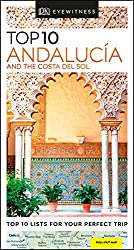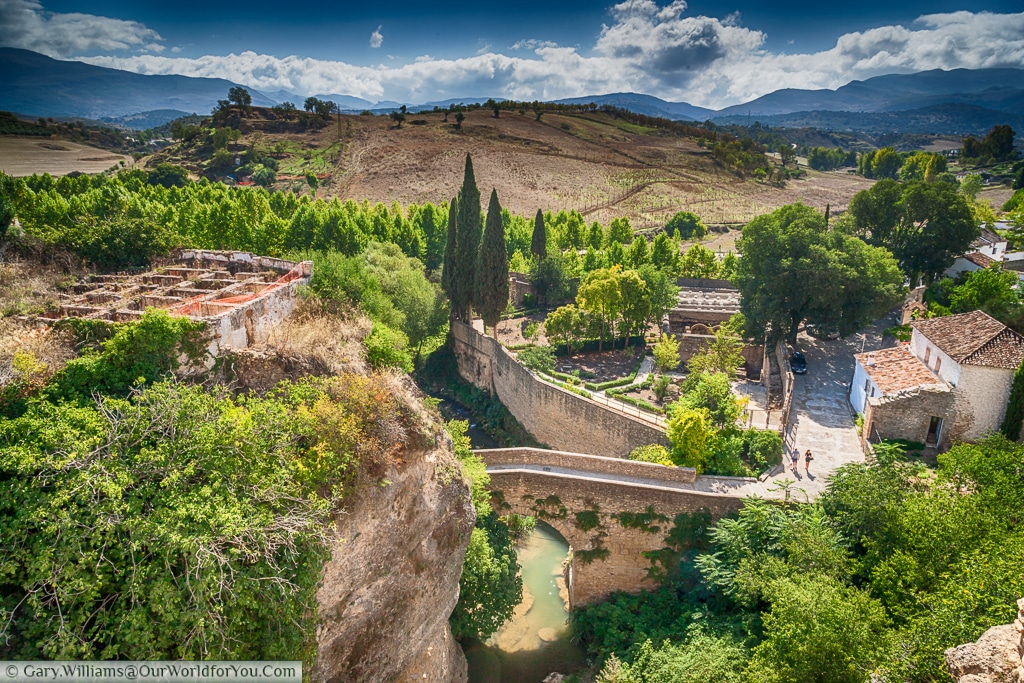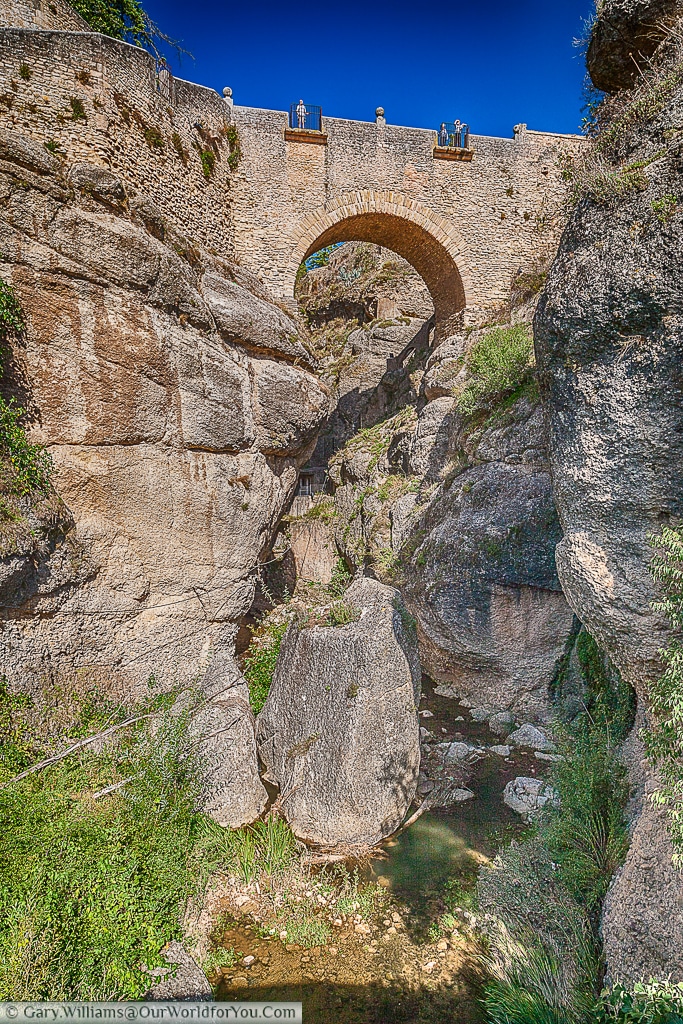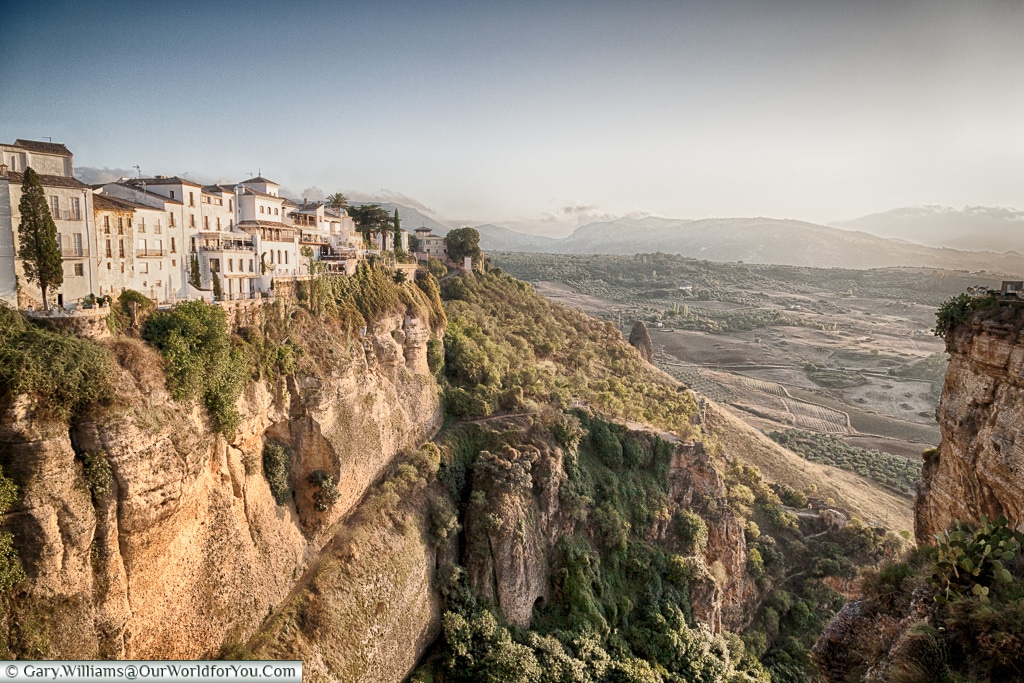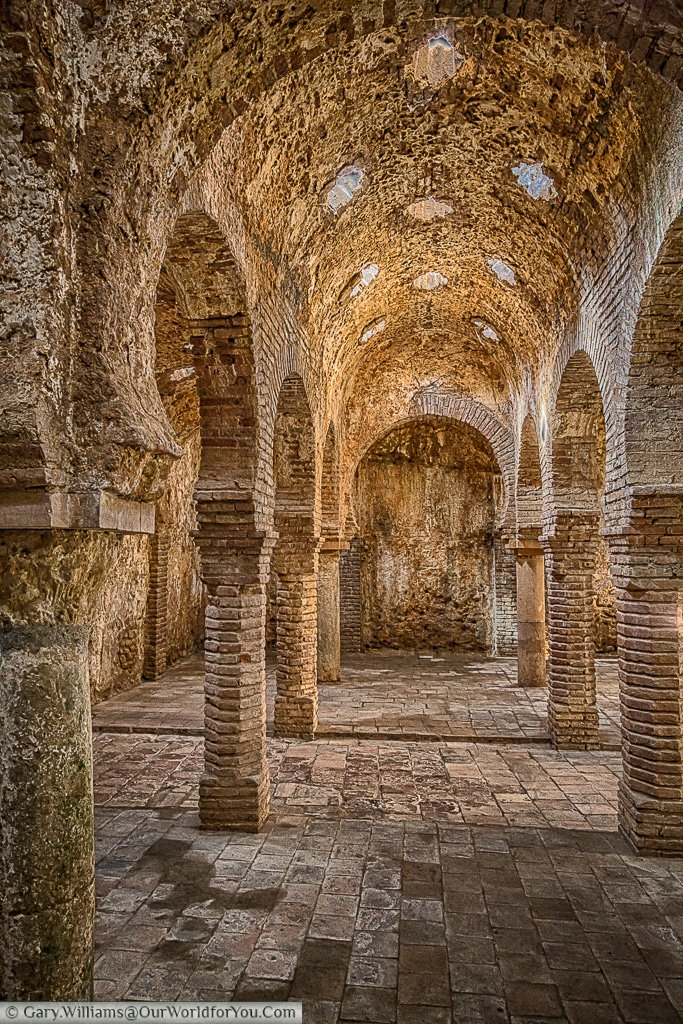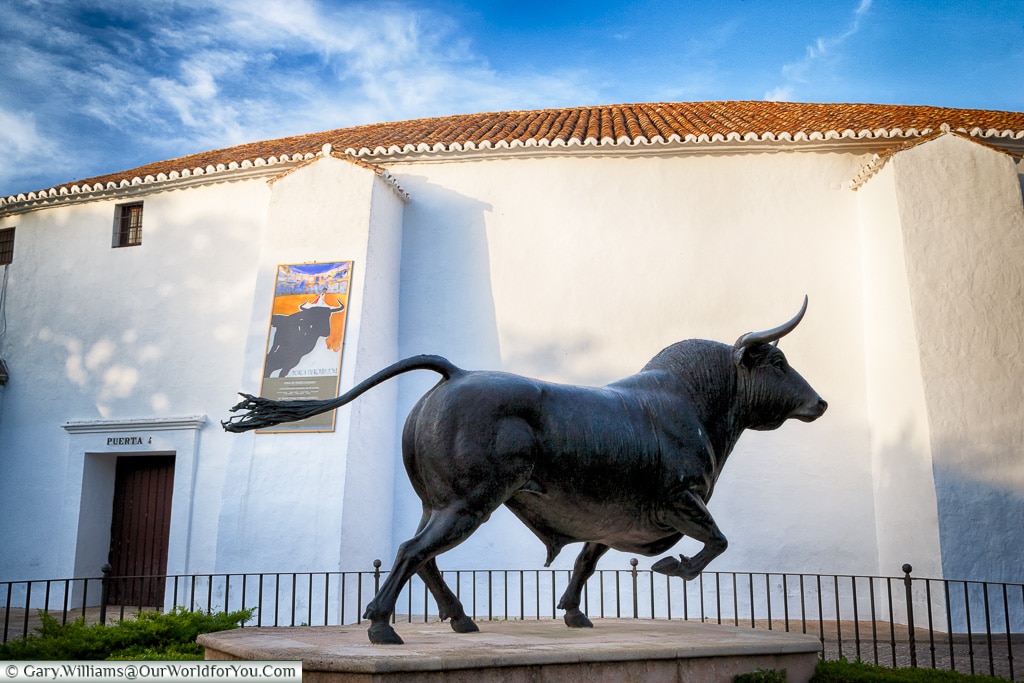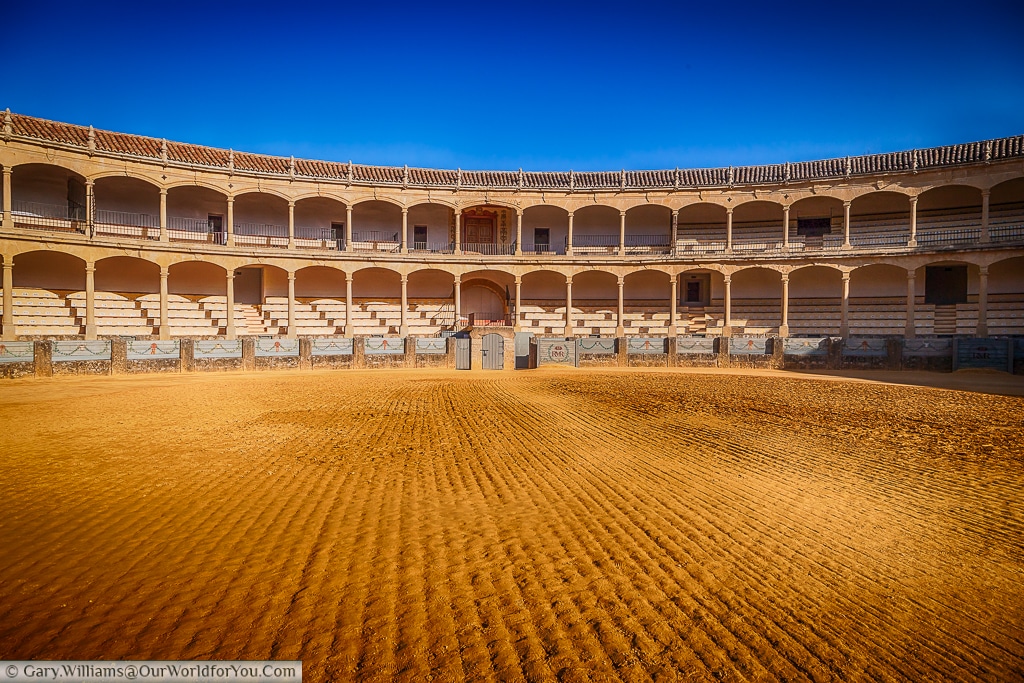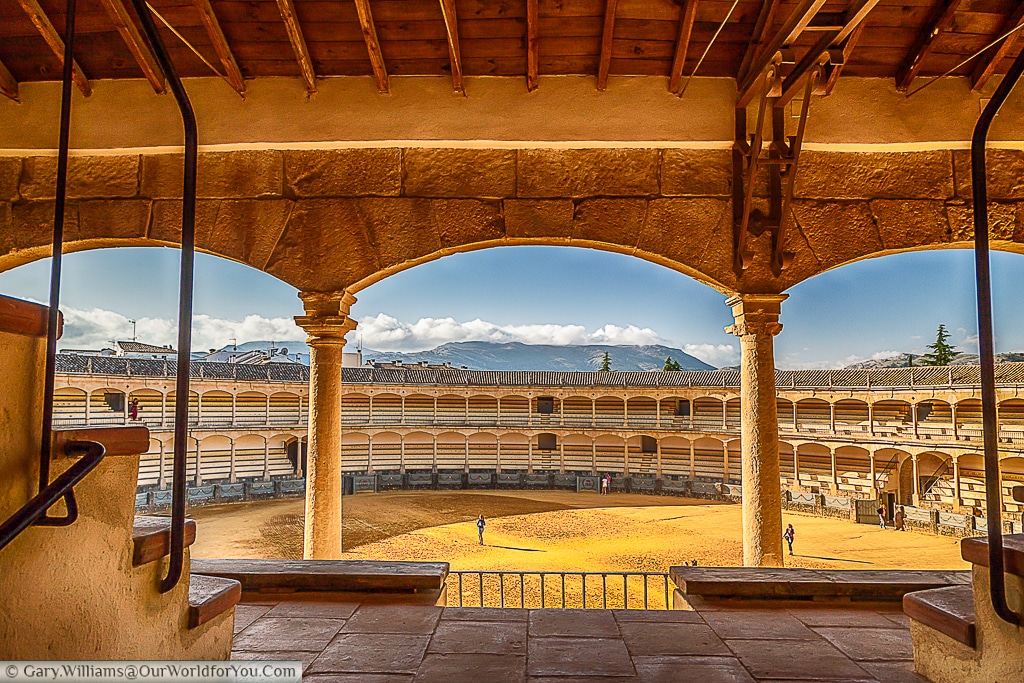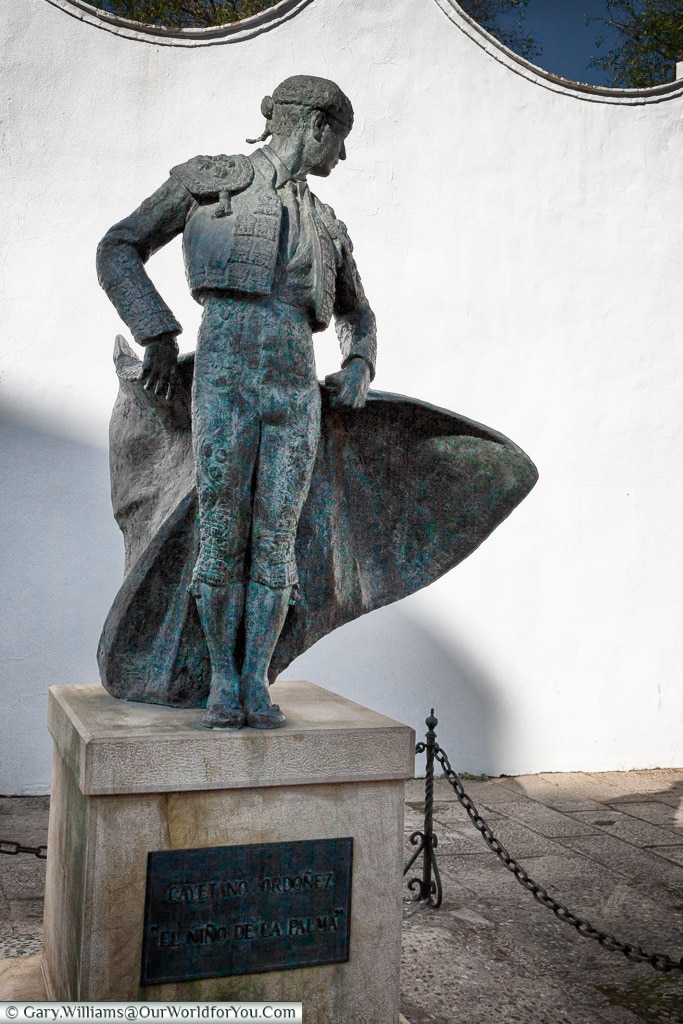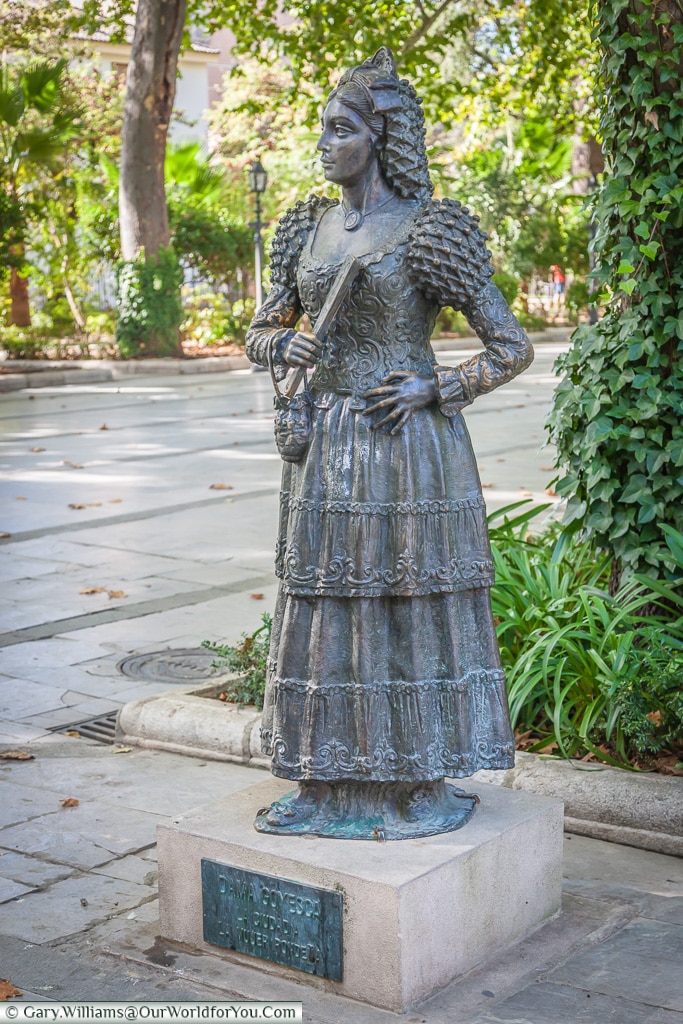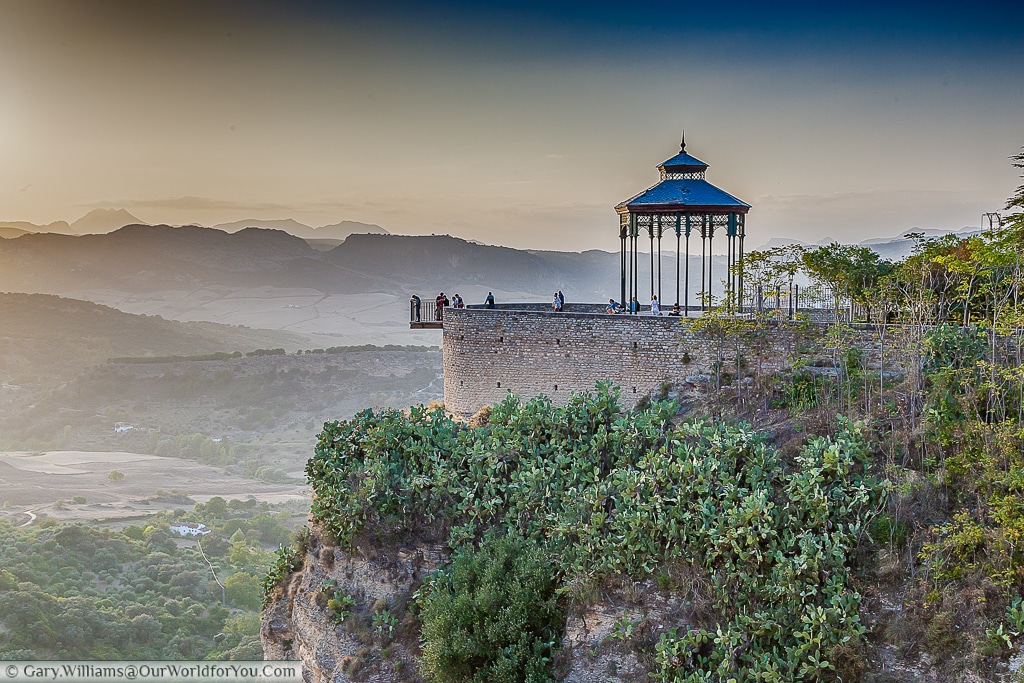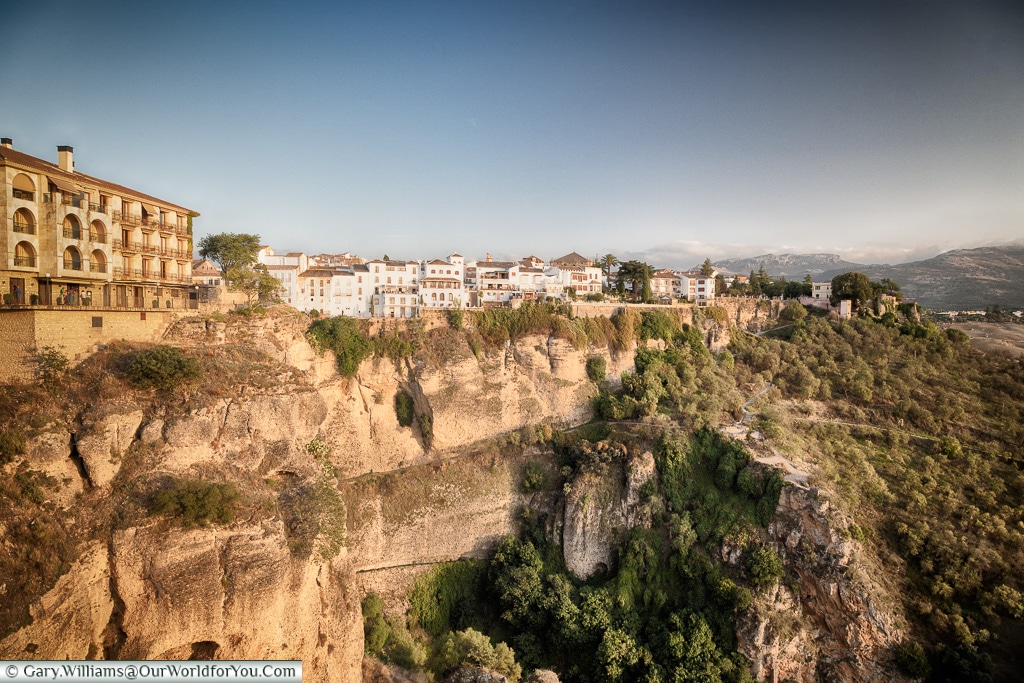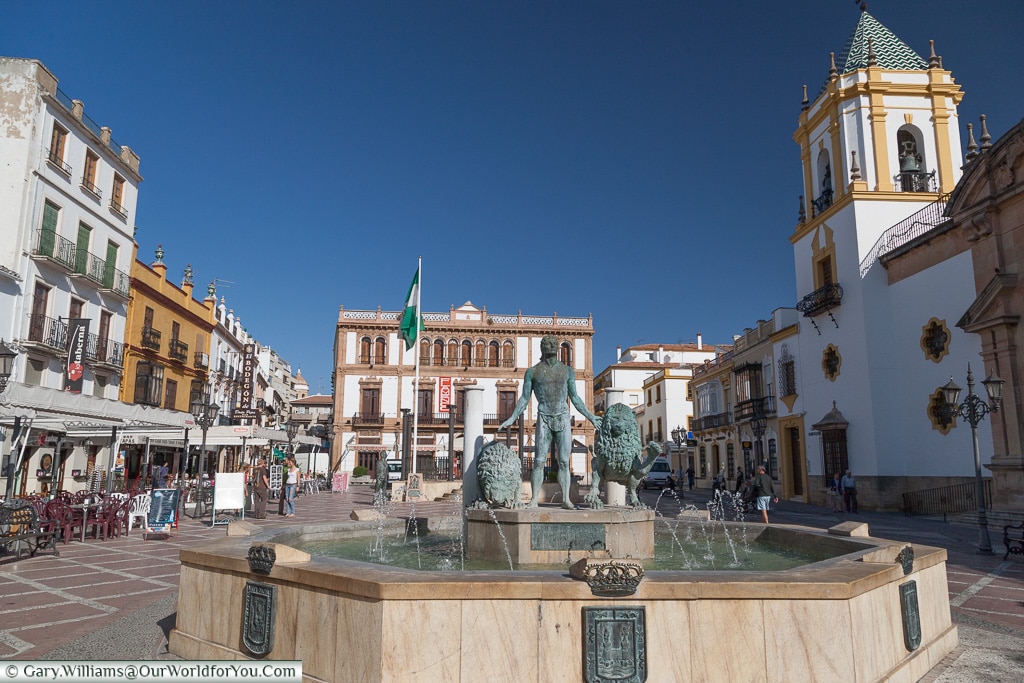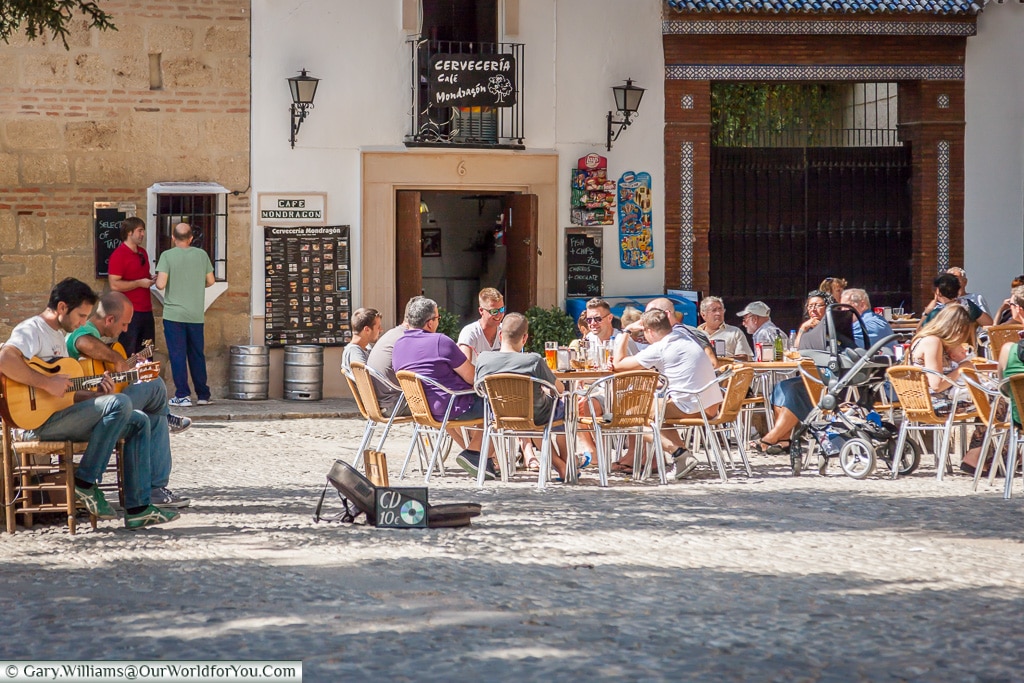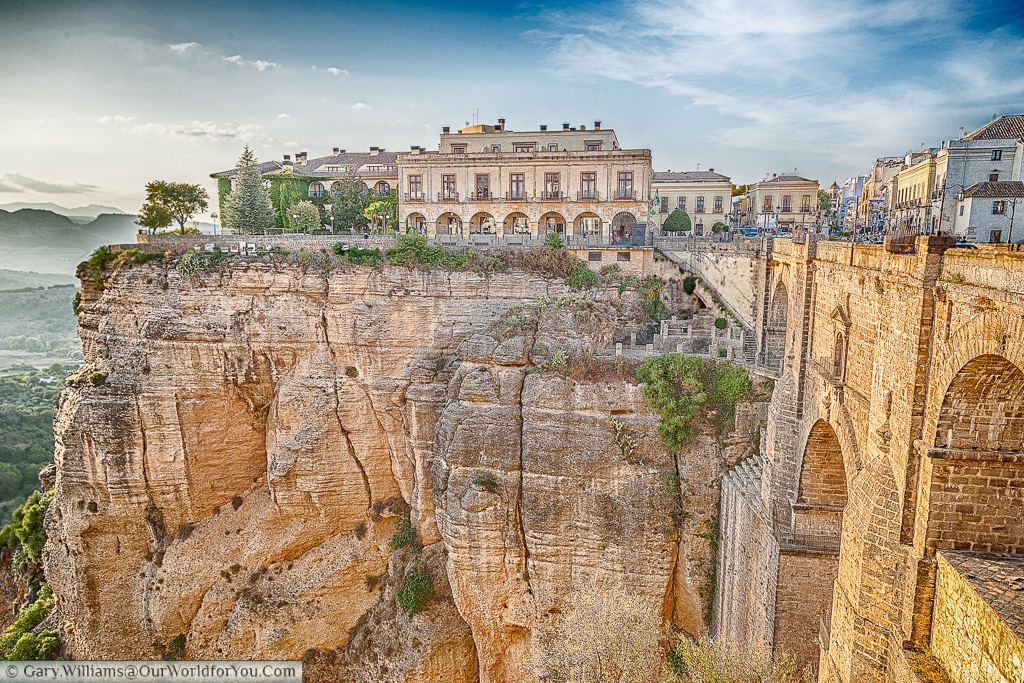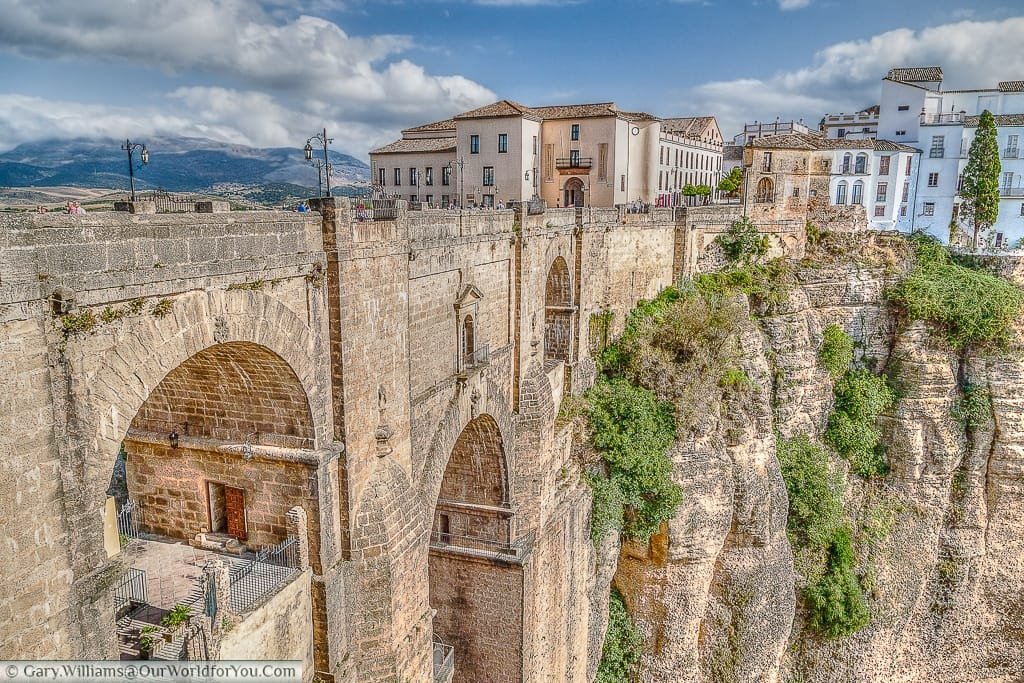
Amongst the whitewashed walls of Ronda, Spain
Discover its bridges, baths & bullring.
Gary and I were recently reminiscing about our 2014 Spanish road trip, which we embarked upon from the UK. This was our first road trip around Spain. However, there was more to come in 2016, as we had created an ever-growing list of other places we wanted to visit.
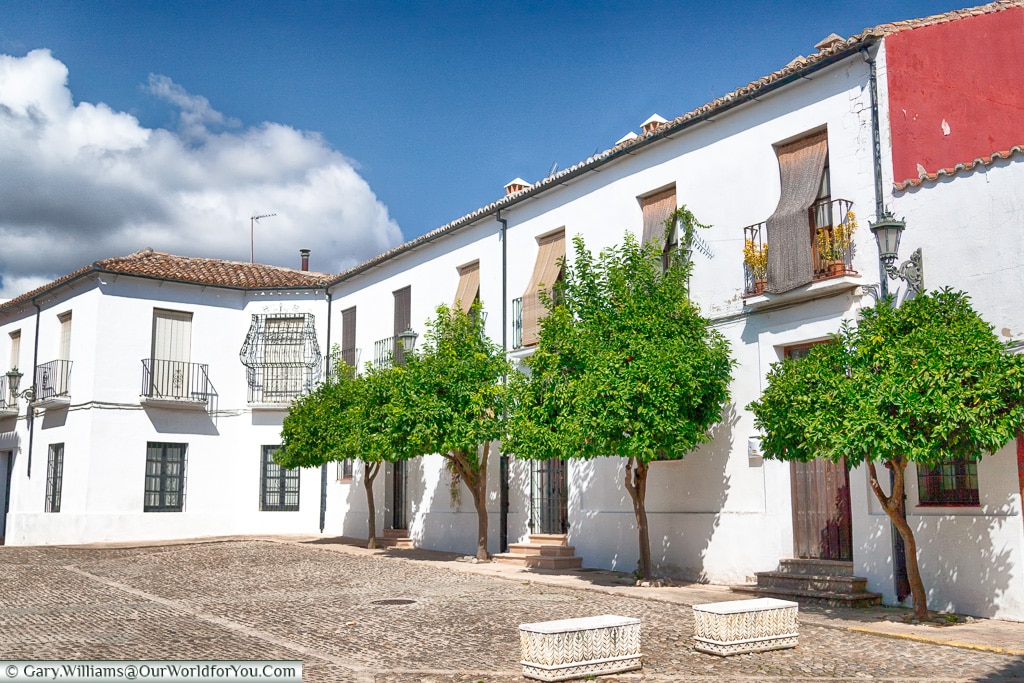
However, it was Ronda I wanted to tell you more about, as this charming little town nestled in the Andalusian hills, has so much to offer.
A helpful guide
Ahhh the call of Andalucía, I love nothing more than planning a trip and so often I use the DK Eyewitness books. I find them extremely informative, easy to follow and the pictures and maps tempt you into discovering more.
We used a previous version of this book to plan our southern Spanish road trips, now you can grab the revised copy.
Not one, nor two, but three
Bridges that is, yes Ronda has three bridges spanning the Guadalevín River and the Tajo canyon. The oldest is Puente Arabe "Moorish Bridge", which is at the bottom of the canyon & next to the Arab Baths.
From the Moorish Bridge, you can look up and see Puente Viejo "Old Bridge" which was built in 1616 and is the middle of the three.
Then at the top of the gorge is Puente Nuevo "New Bridge", although it isn’t really that new as it was completed in 1793.
The Puente Nuevo is the tallest of the bridges, standing 120 metres (390ft) above the canyon floor. The views from here are rather impressive, you can see for miles across the Andalusian countryside.
Did you Know?
Ernest Hemingway's novel, “For Whom the Bell Tolls” is allegedly based on the accounts of killings that took place in Ronda at the cliffs of El Tajo, during the Spanish Civil War.
Quick Dip
Just by the Moorish Bridge are the ancient Arab baths, and form a rich part of Ronda’s history. The baths are built partially underground and consist of three main rooms, which would have been maintained at different temperatures, cold, warm and hot.
Part of Spain’s culture
Certainly, not to everyone’s taste and is often controversial; however, Plaza de Toros de Ronda holds a strong part of Ronda’s and Spain’s history and culture.
Gary and I were curious to find out a bit more about this tradition, so decided to visit the bullring & its museum. It was built in 1785 and has the feel of a gladiatorial colosseum about it. The arena itself is a diameter of 66 metres (217ft) and weirdly feels a lot bigger once you are inside.
There weren’t many restrictions within the bullring (other than interacting with the bulls themselves), you were free to step onto the ochre-coloured sand of the arena or wander around the edge and take in the full scale of the amphitheatre.
Visiting Ronda?
Then take a detour to the ancient Roman Amphitheatre of Acinipo, the 2,000-year-old remains are free to visit, and you get to share the views with the local sheep.
Mirador
Just beyond Plaza de Toros is the attractive gardens of Alameda del Tajo, families young and old can be found here promenading along the paths, taking shade from the evening sun.
However, the view not to be missed within the gardens is from the Mirador de Ronda.
It has some spectacular views across the hillside, and you almost feel like you are teetering over the deep valley below.
Ronda’s Plazas
What Gary and I particularly love about Spain, are its wonderful plazas. Just sitting and soaking up the atmosphere in the mosaic-tiled squares, or enjoying the local tipples and tapas.
Ronda has some lovely plaza’s, and our favourite was Plaza Duquesa de Parcent for a spot of lunch. Or for the evening bustle of family life, take a stroll to Plaza de Socorro.
Why not?
Embark on a road trip adventure from your own doorstep, and discover Spain's hidden delights at your pace. It is so easy to hop onto a Brittany Ferry and let them take the strain, while you sail down to the north coast of Spain. All the while dreaming of tapas and sunshine.
Or why not fly in and discover Spain’s picturesque countryside or even visit the windmills on the plains of La Mancha. You can do it all on a road trip, Rental Cars searches multiple well-known car hire brands and discovers the deals that suit you the best.
Accommodation
Our accommodation for the two nights we were in Ronda, was at the luxury Parador de Ronda. It was an excellent hotel, with views overlooking the Andalusian countryside and an unrivalled view of Puente Nuevo.
You’ll struggle to better this hotel for location, and it also has underground parking.
Have You?
Discovered this Spanish gem? or are you planning your own road trip? we'd love to hear you stories.
Inspired to visit Ronda?
Inspired to walk in the footsteps of Hemingway?
Why not check out the latest deals on Booking.Com?
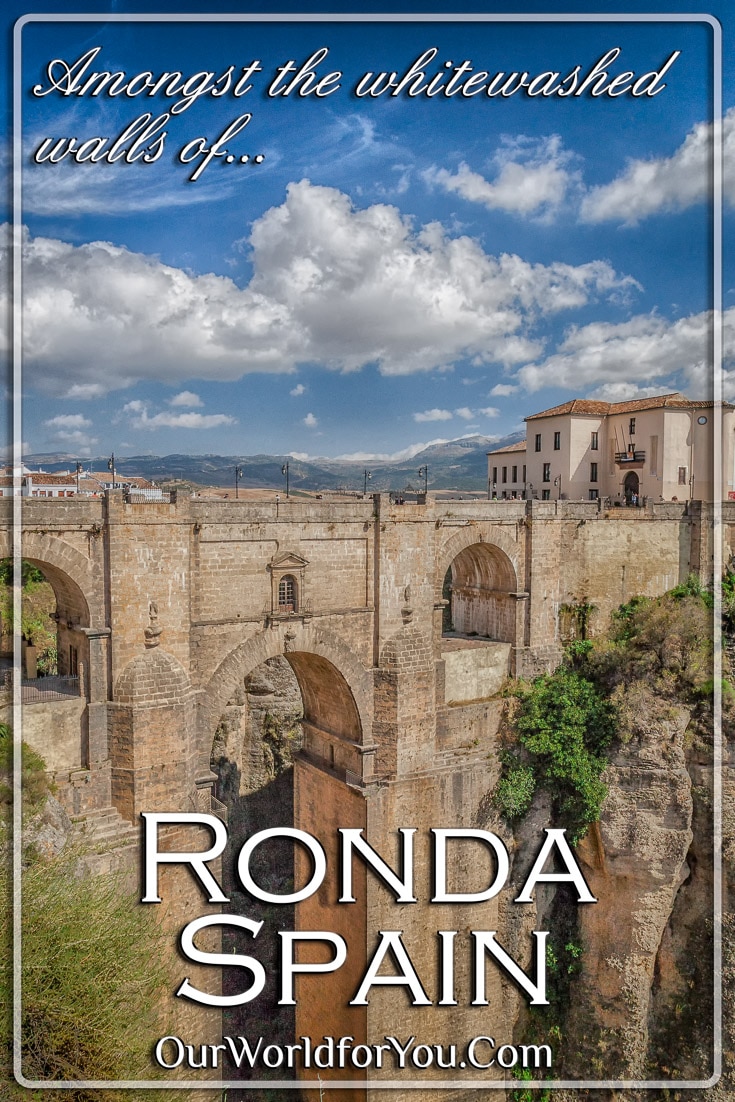
(Why not Pin It for Later?)
